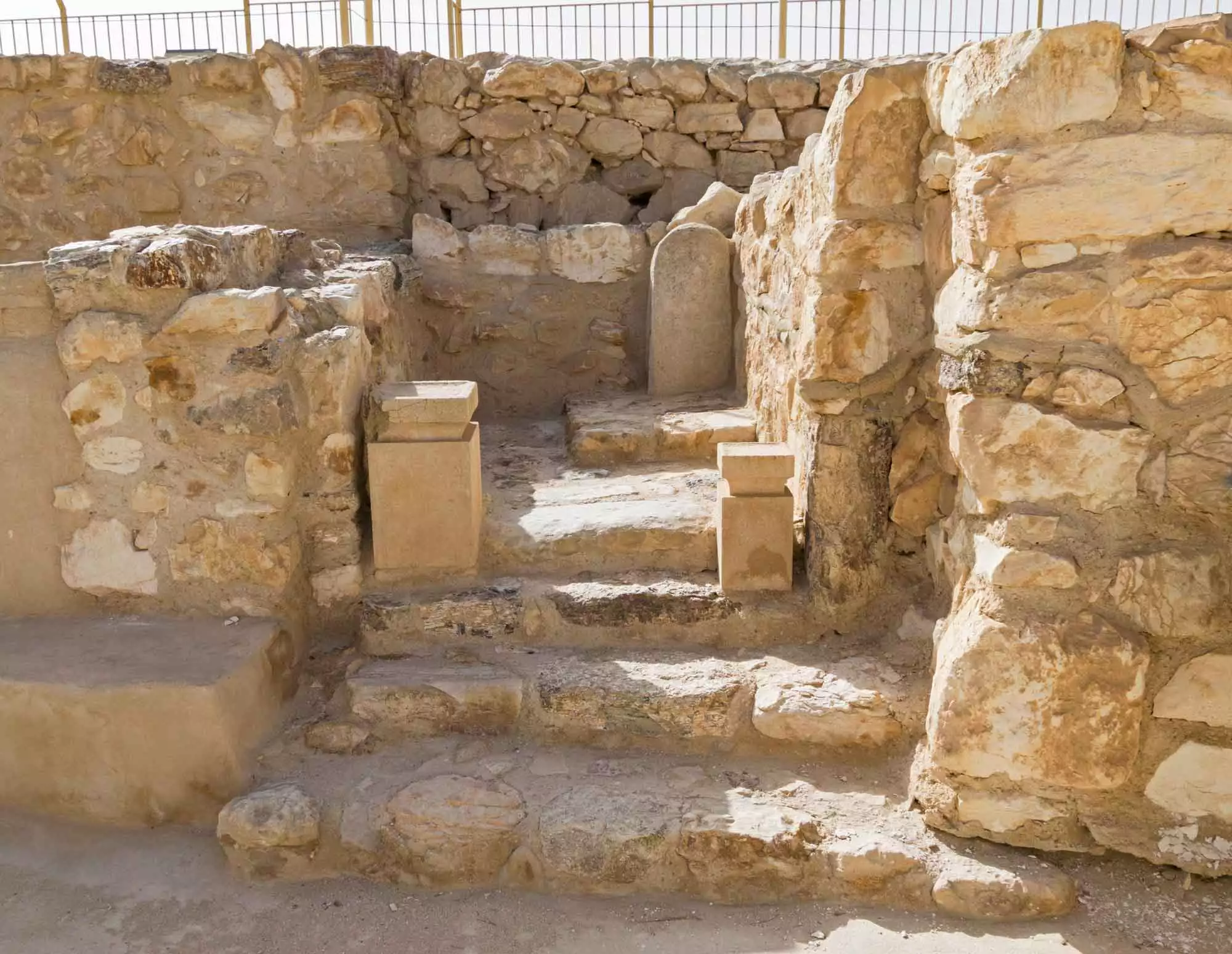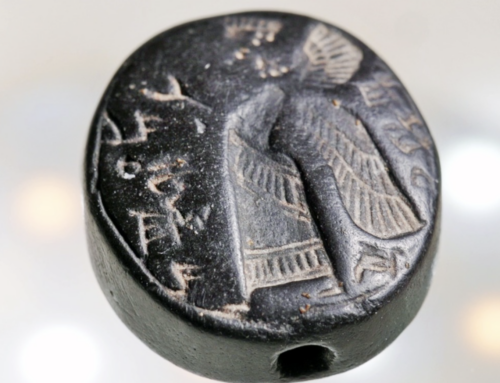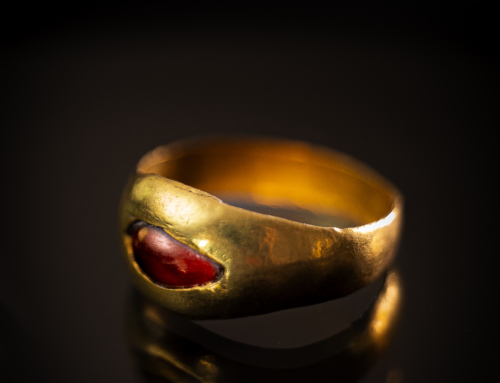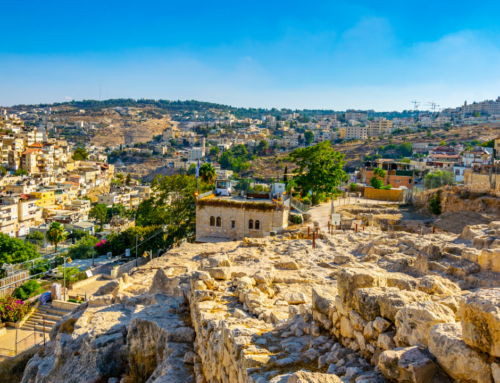Altars in Israel have been a focal point of worship not only in the Jewish faith, but also in the other faiths. Today, there are many examples of altars from ancient Israel discovered and displayed around the country. Here are some of the alters in Israel you may see on tour.
Hebrew Altars in Israel
Most altars in Israel followed the instructions laid out in the Torah by God about how the alter should be designed. They were were designed to fit sacrifices on them, and had 4 horns included.
The most famous altar was the one that was built in the temples including in solid gold one built in Solomon’s Temple.
These altars were referred to as “high places” but God commanded that the only High Place should be that in the Temple in Jerusalem, therefore the use of these other altars was actually sinful, even if they were used with the best of intentions. The kings of the Old Testament were all judged on whether they left the “High Places”. It was an example of how they cared ultimately more about their political ties and power than that of God’s direction.
One of the most famous of these alters can still be seen at the ruins of Tel Arad. This fortress shows an actual replicated Holy of Holies, complete with an alter and incense alters. Since it is not possible to see the actual Holy of Holies, this alter is of particular interest for understanding what it was like. It can be added to your itinerary on your custom tour, so speak to your tour operator regarding your custom Holy Land tour.
Another of these is at Tel Dan. You can see the ruins and outline of the four-horned alter there that was seen as cultish as Jeroboam built these in defiance of God’s edicts. They were ran by non-Levites, it was not in Jerusalem at the Temple, it was converted from pagan alters. It ended up becoming a pagan altar again as the people of Northern Israel first introduced a golden calf and then slowly incorporated more and more pagan worship.
Joshua’s Altar
On Mt Ebel, an altar has been discovered that is believed by some to be that of Joshua, spoken of in Joshua chapter 8:
30 Then Joshua built on Mount Ebal an altar to the Lord, the God of Israel, 31 as Moses the servant of the Lord had commanded the Israelites. He built it according to what is written in the Book of the Law of Moses—an altar of uncut stones, on which no iron tool had been used. On it they offered to the Lord burnt offerings and sacrificed fellowship offerings. 32 There, in the presence of the Israelites, Joshua wrote on stones a copy of the law of Moses. 33 All the Israelites, with their elders, officials and judges, were standing on both sides of the ark of the covenant of the Lord, facing the Levitical priests who carried it. Both the foreigners living among them and the native-born were there. Half of the people stood in front of Mount Gerizim and half of them in front of Mount Ebal, as Moses the servant of the Lord had formerly commanded when he gave instructions to bless the people of Israel.
Some thought this was unlikely, until recently a curse tablet was discovered at the the site that substantiates the claim considerably.
You can visit the altar on Mt. Ebel.
Incense Altars in Israel
While most people thinking of the larger alters, there have been examples of smaller altars too, so small it is unlikely that animals were ever sacrificed on these altars. In fact, it is believed that they were primarily used to burn incense. The bible speaks of the burning of incense in Exodus 30; Leviticus 16; & 1 Kings 9).
These small altars in Israel have been discovered in the City of David and in Megiddo (Armageddon) and are on display in the Israel Museum in Jerusalem.
Altars in Israel from Other Faiths and Cultures
While we may immediately think of altars used in Jewish worship, there were other religions and cultures in the Levant that utilized altars for sacrifices to their deities.
In the land of Gath, the home of Goliath, an altar very similar to the one used by the Hebrews has been discovered. The large difference between this one and the ones used in Hebrew worship is that this altar only had two horns instead of four. It is a much smaller alter but impressive to see something so related to Biblical context.
There are many examples of altars in Israel for you to visit. We’d love to incorporate some into your tour! Please contact Immanuel Tours for your risk free proposal and itinerary!







